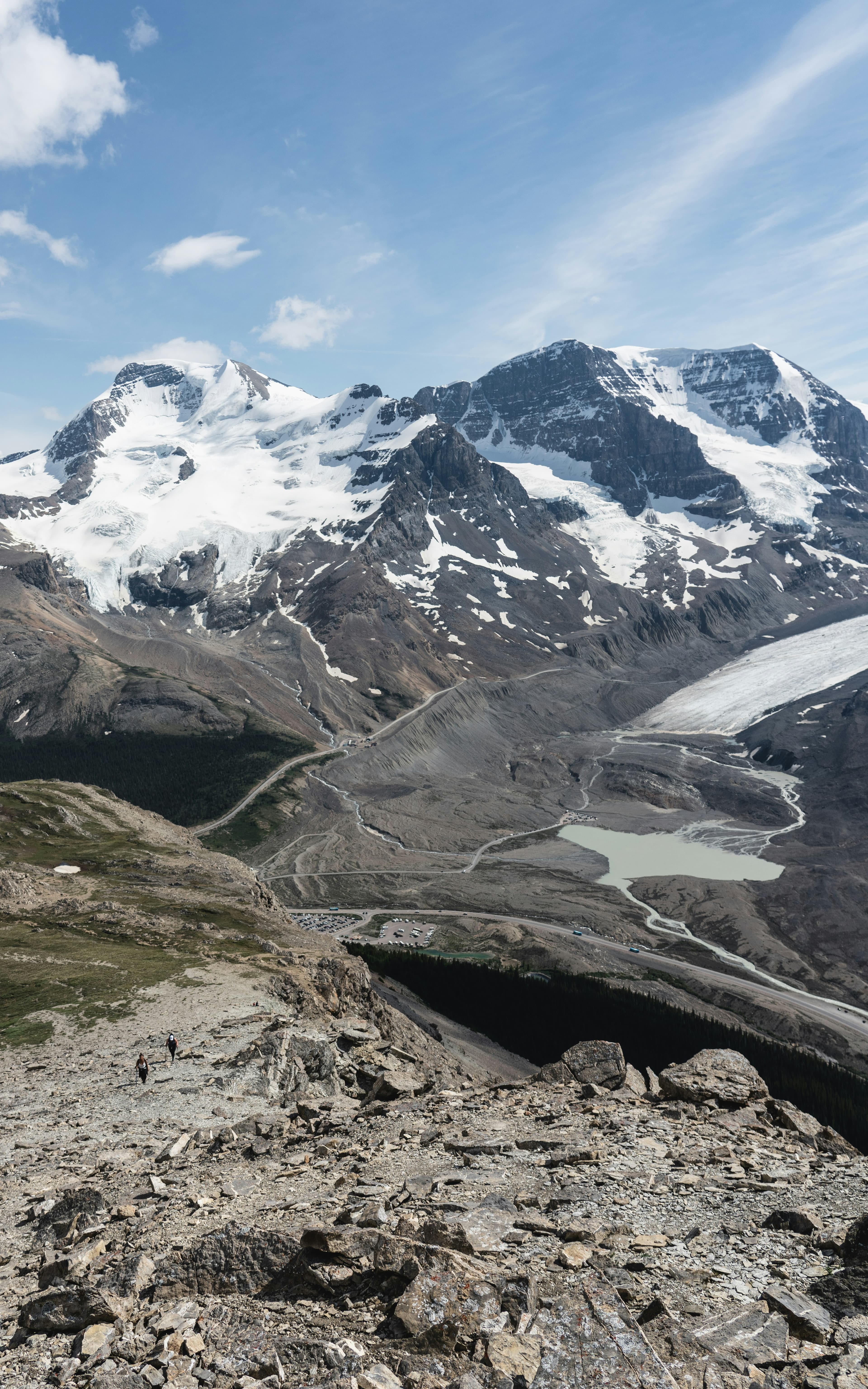The Ultimate Guide: Best Time to Trek in Sahyadris
Discover the perfect seasons for trekking in the Western Ghats, from lush monsoon trails to crisp winter vistas, and what to expect in each.
By Rajesh Patil
Dec 15, 2024 • 10 min read

The Sahyadri mountain range, a UNESCO World Heritage Site, is a trekker's paradise, offering diverse landscapes that transform dramatically with the seasons. Choosing the right time to trek is crucial for a safe and memorable experience. This guide breaks down the trekking seasons in the Sahyadris to help you plan your adventure.
The Magical Monsoon (June to September)
This is when the Sahyadris are at their most vibrant. The entire landscape is painted in a thousand shades of green, waterfalls cascade down every cliff, and the air is fresh and cool. It's the most popular season for a reason.
- What to Expect: Lush greenery, overflowing waterfalls, misty trails, and a romantic, mystical atmosphere. Expect regular, sometimes heavy, rainfall.
- Popular Treks: Andharban (the 'Dark Forest' trek), Harishchandragad, Kalsubai, Rajmachi, and Visapur Fort are spectacular in the monsoon.
- Challenges: Trails can be slippery and muddy. Visibility might be low due to fog. Leeches are common in dense forest patches. River crossings can be dangerous.
- Pro-Tip: Invest in good waterproof gear, including a poncho, a rain cover for your backpack, and shoes with excellent grip. Always check the weather forecast and local conditions before starting.
Post-Monsoon Bliss (October to December)
Often considered the golden season for trekking, the post-monsoon period offers the best of both worlds. The rains have subsided, but the landscape retains its lushness, and the weather is pleasant.
- What to Expect: Clear blue skies, pleasant temperatures, and hills carpeted with a riot of wildflowers. The waterfalls are still flowing, and the views are breathtakingly clear.
- Popular Treks: This is the best time for almost any trek. It's particularly great for treks with significant views like Harishchandragad (especially for the Konkan Kada), Ratangad, and Torna Fort.
- Challenges: The weather starts to get warmer during the day by late November. Crowds can be significant on popular trails during weekends.
- Pro-Tip: This is the perfect time for camping. The clear nights offer a brilliant display of stars. Carry a light jacket for the cool evenings.
The Crisp Winter (January to February)
Winter in the Sahyadris is mild but offers a different kind of beauty. The landscape turns a rustic golden brown, and the cool, dry weather is perfect for long, strenuous treks.
- What to Expect: Dry trails, cool breezes, and exceptionally clear long-distance views. The mornings can be quite chilly, especially at higher altitudes.
- Popular Treks: Ideal for challenging treks like Alang-Madan-Kulang (AMK), Sandhan Valley, and long traverses. It's also a great time for night treks.
- Challenges: Water sources start to dry up, so you need to carry more water. The sun can be harsh during the afternoon.
- Pro-Tip: Night trekking is a fantastic experience in winter. The cool air and starry skies are a major draw. Remember to carry warm layers for the night and early morning.
The Hazy Summer (March to May)
Summer is the most challenging season for trekking in the Sahyadris due to the heat. However, it's the best time for spotting wildlife and for those who prefer solitude on the trails.
- What to Expect: Hot and humid conditions. The landscape is dry and brown. Most waterfalls and streams are completely dry.
- Popular Treks: Forest treks like Bhimashankar or treks near large water bodies can be more pleasant. Pre-monsoon firefly treks in late May are a magical experience.
- Challenges: The primary challenge is the intense heat and the risk of dehydration and heatstroke.
- Pro-Tip: Start your trek very early in the morning (before sunrise) and finish by late morning. Carry at least 3-4 liters of water, electrolytes, and cover your head. The firefly season just before the monsoon is a must-see phenomenon in areas like Rajmachi and Purushwadi.
Category: Planning